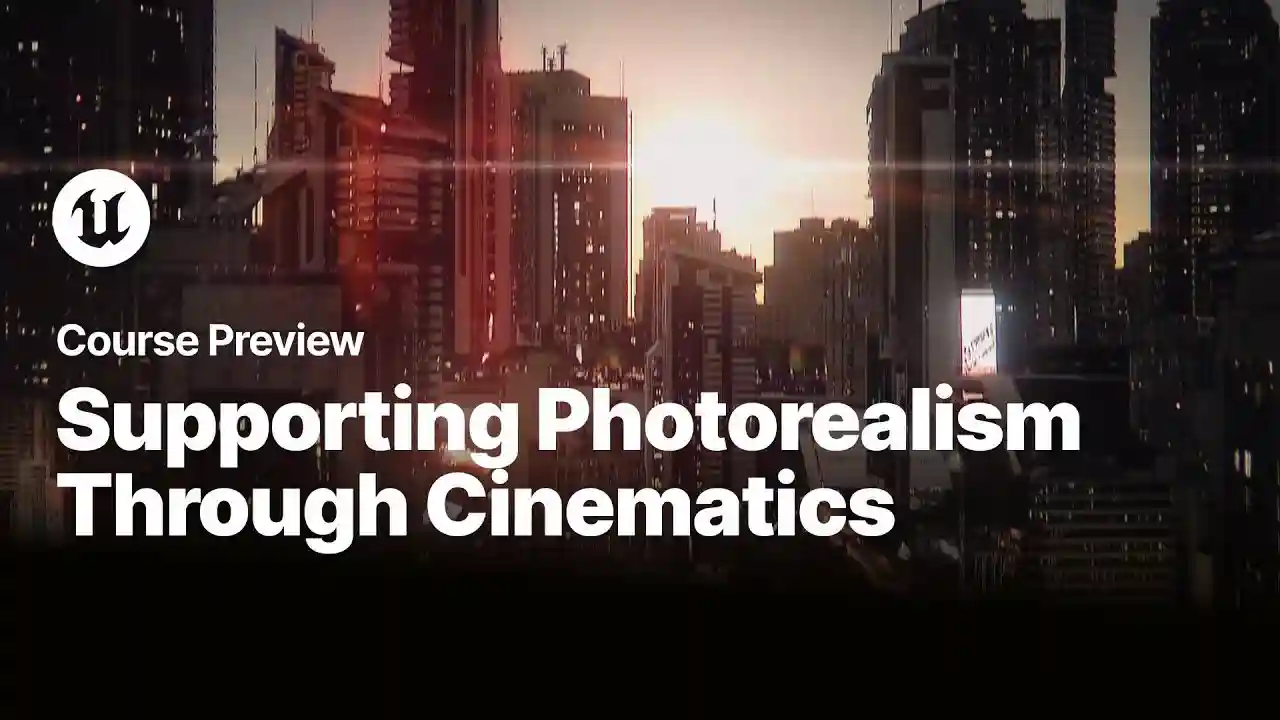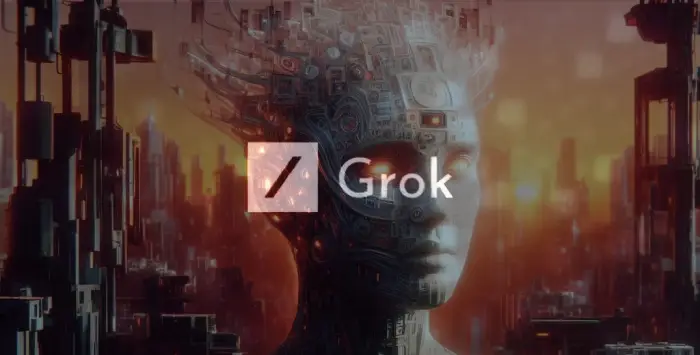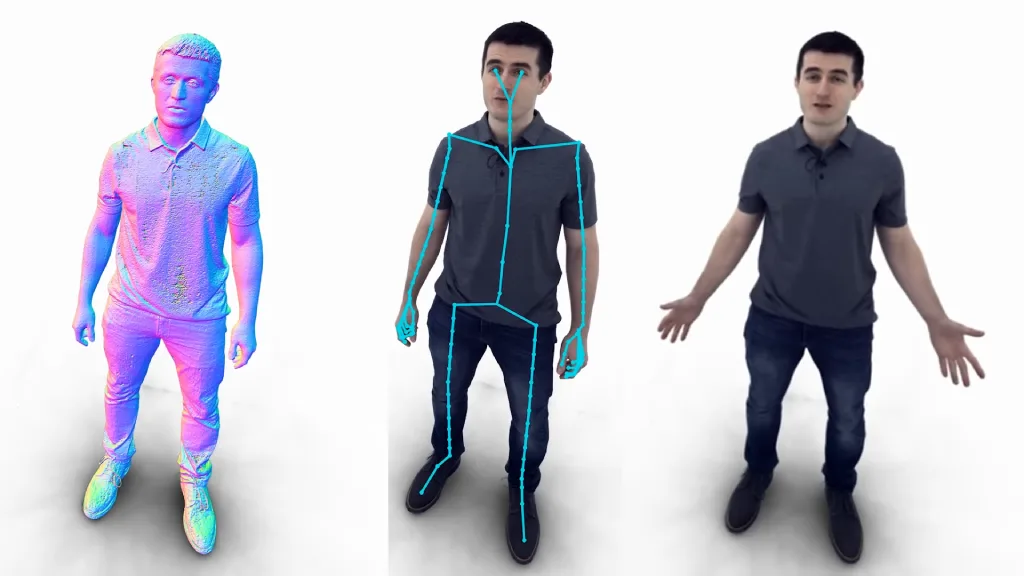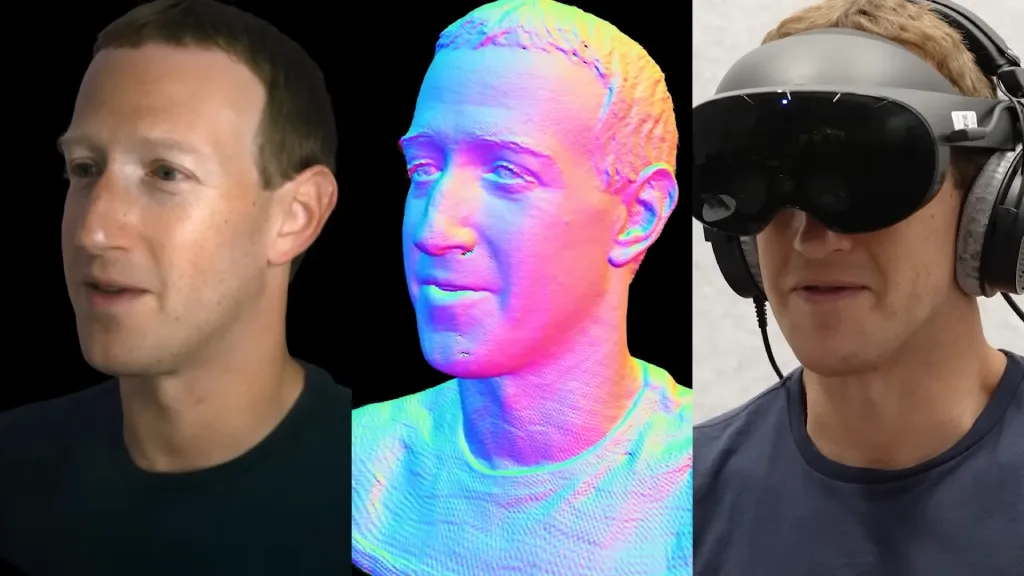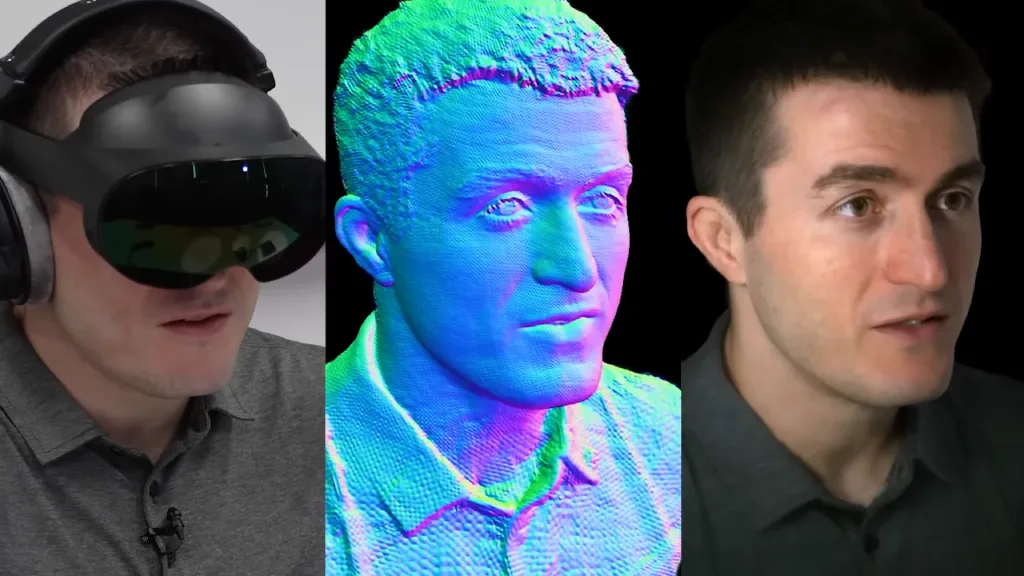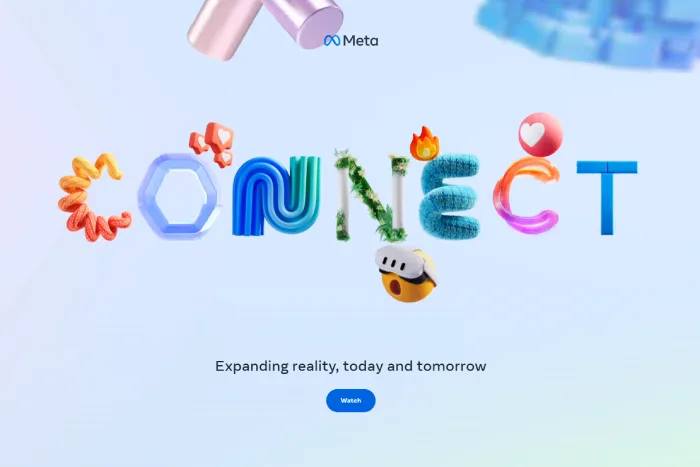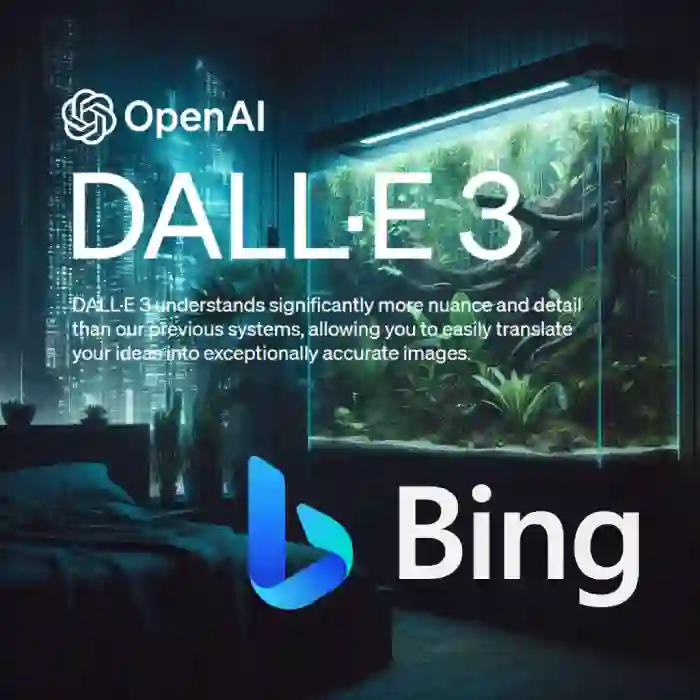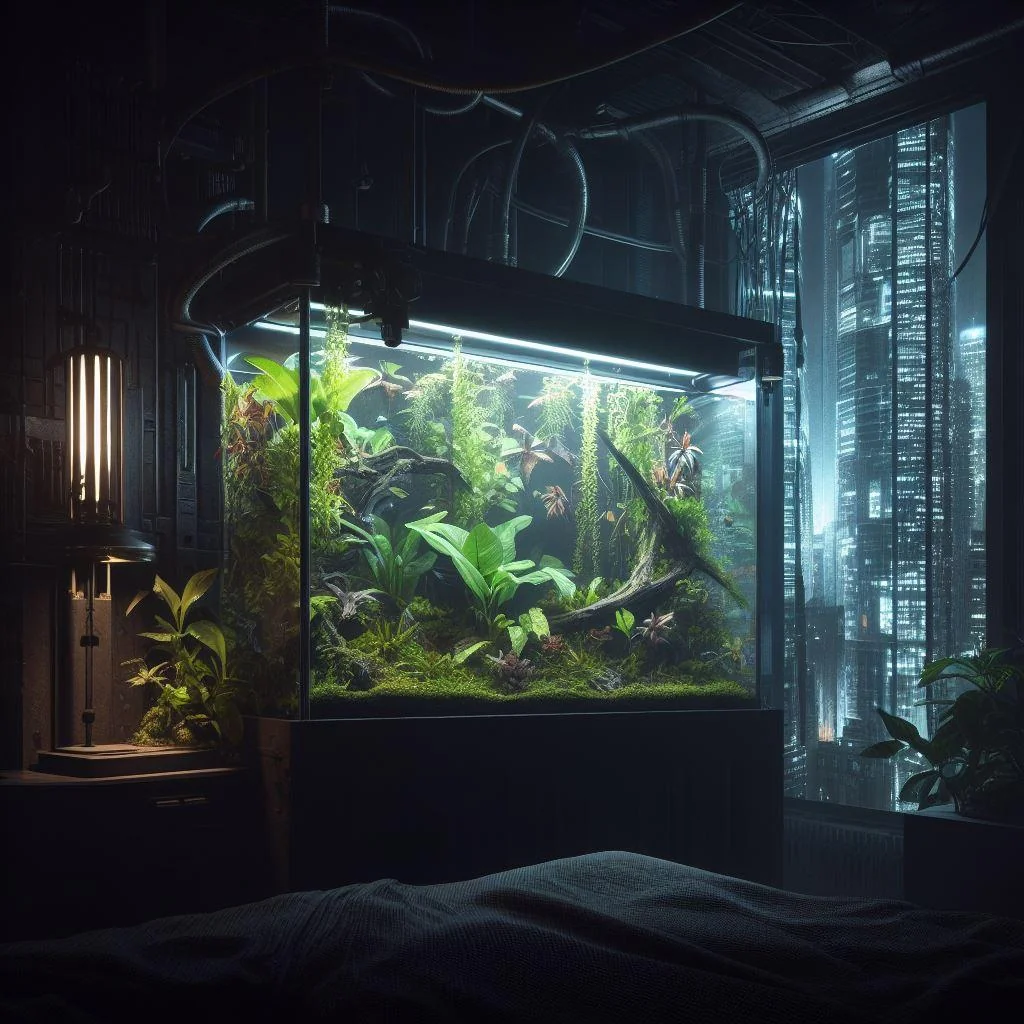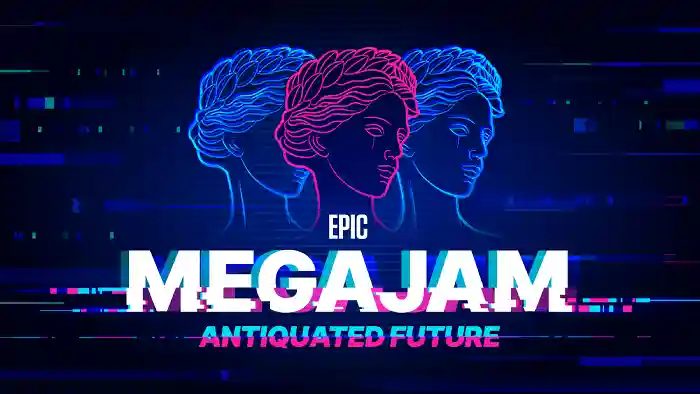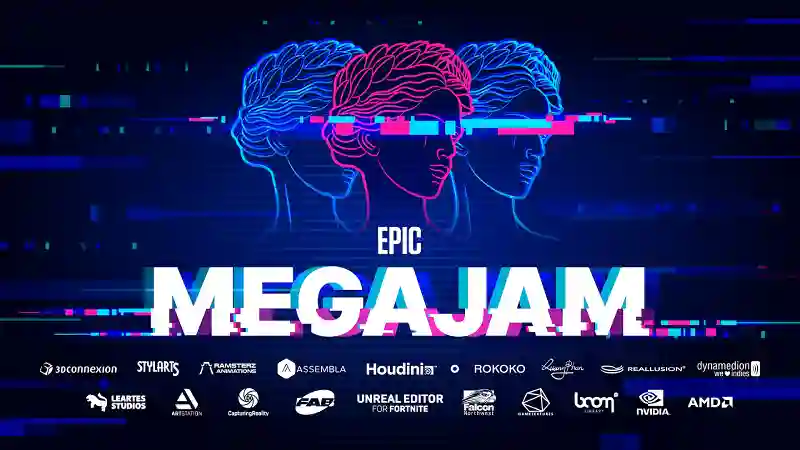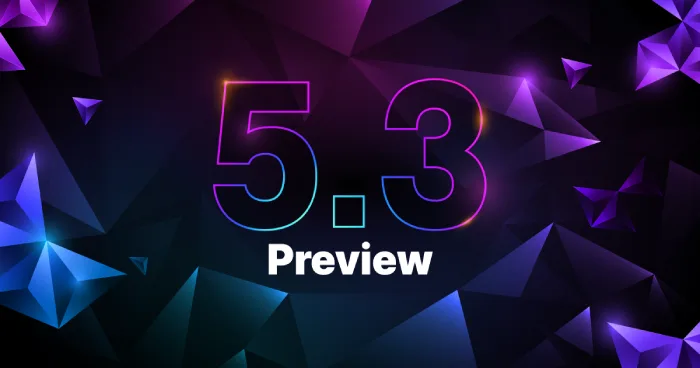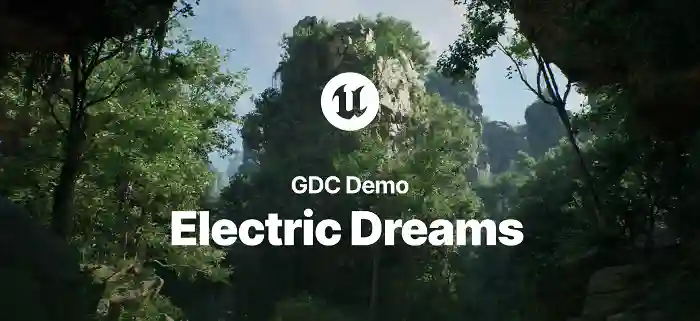Meta, the company formerly known as Facebook, has recently held its annual developer conference, Meta Connect 2023, where it showcased its latest products and innovations in the fields of virtual reality (VR), augmented reality (AR), and artificial intelligence (AI). The two-day event, which was streamed online, featured keynote speeches, panel discussions, demos, and workshops that highlighted Meta’s vision for the future of social media and human connection.
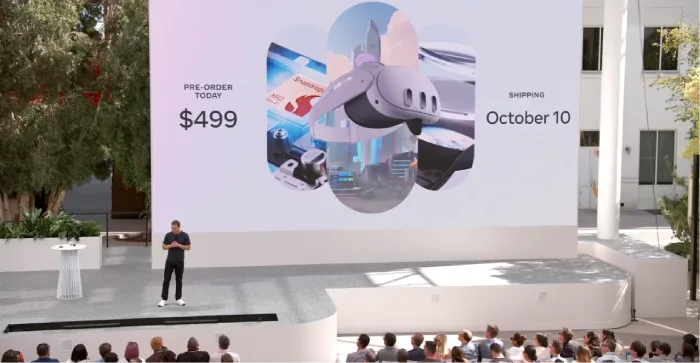
The Meta Quest 3: The First Mainstream Mixed Reality Headset
One of the biggest announcements of the event was the launch of the Meta Quest 3, the next-generation VR headset that also supports mixed reality (MR) capabilities. The Meta Quest 3 is a standalone device that does not require a PC or a smartphone to operate. It has a full-color passthrough mode that allows users to see their physical surroundings through the headset’s cameras, and seamlessly switch between VR and MR experiences. The headset also features hand tracking, eye tracking, facial expression tracking, and spatial audio, making it more immersive and interactive than ever before.
The Meta Quest 3 also boasts improved performance and battery life, thanks to its custom-designed XR2 chip. It has a resolution of 1832 x 1920 pixels per eye, a refresh rate of 90 Hz, and a field of view of 100 degrees. It also supports Wi-Fi 6 and Bluetooth 5.0 connectivity, as well as USB-C charging and data transfer. The headset comes with two redesigned controllers that have adaptive triggers, haptic feedback, and capacitive touch sensors.
The Meta Quest 3 is compatible with thousands of VR apps and games available on the Meta Store, as well as new titles that are optimized for MR. Some of the games that were showcased at the event include Red Matter 2, The Walking Dead: Saints & Sinners, Resident Evil 4 VR, Beat Saber: Imagine Dragons Edition, Lone Echo II, Splinter Cell VR, Assassin’s Creed VR, and more. The headset also supports Xbox Cloud Gaming, which allows users to play Xbox games on their Quest 3 using a compatible controller.
The Meta Quest 3 is priced at $399 for the 128 GB model and $499 for the 256 GB model. It is available for pre-order now and will start shipping in November.
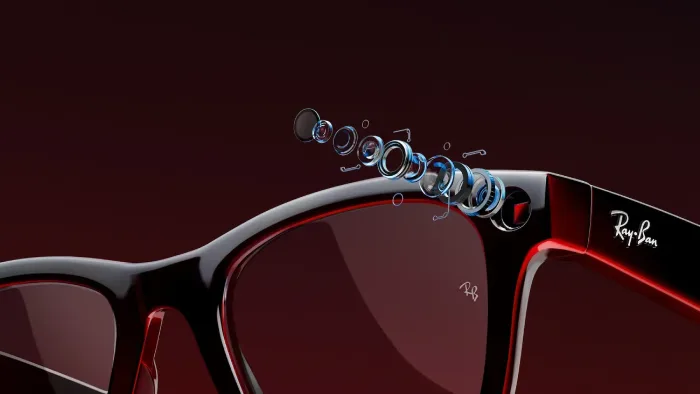
The Ray-Ban Meta Smart Glasses: The Next-Generation Smart Glasses
Another major product that was unveiled at the event was the Ray-Ban Meta Smart Glasses, the next-generation smart glasses that are designed in collaboration with Ray-Ban. The Ray-Ban Meta Smart Glasses are stylish and lightweight glasses that have built-in speakers, microphones, cameras, and sensors that enable users to access various features and functions using voice commands or gestures.
The Ray-Ban Meta Smart Glasses can be used to make calls, send messages, listen to music, take photos and videos, get notifications, access maps and directions, check the weather and time, and more. The glasses can also connect to the Meta Assistant app on the user’s smartphone, which provides additional functionality such as calendar reminders, news updates, social media feeds, and more. The glasses can also integrate with other Meta apps such as Facebook, Instagram, WhatsApp, Messenger, Horizon Worlds, and more.
The Ray-Ban Meta Smart Glasses have a battery life of up to six hours of continuous use or up to three days of standby time. They come with a magnetic USB-C charging cable and a protective case that also doubles as a charger. The glasses are available in various styles, colors, sizes, and lenses options (including prescription lenses). They are priced at $299 for the standard model and $399 for the polarized model. They are available for purchase now at select Ray-Ban stores and online.
The Meta Connect AI: New AI Features and Experiences
Meta also announced a slew of new AI features and experiences that aim to enhance communication, creativity, and productivity across its platforms. Some of these include:
- Codec Avatars: A deep generative model of 3D human faces that can create photorealistic avatars of users based on their facial scans and expressions. These avatars can be used for social interactions in VR or MR environments.
- Horizon Workrooms: A VR collaboration tool that allows users to create virtual meeting rooms where they can work together with their colleagues or clients using their avatars or passthrough mode.
- Horizon Worlds: A VR social platform that allows users to create and explore various virtual worlds with their friends or strangers using their avatars or passthrough mode.
- Horizon Home: A VR personal space that allows users to customize their virtual home with various items and decorations.
- Horizon Venues: A VR entertainment platform that allows users to watch live events such as concerts, sports, and comedy shows with other VR users using their avatars or passthrough mode.
- Meta Assistant: A voice-based AI assistant that can help users with various tasks and queries across Meta’s platforms and devices.
- Meta AI Characters: A set of 28 AI characters that can interact with users on Facebook, Instagram, and WhatsApp using natural language and emotions. These characters can be used for entertainment, education, or companionship purposes.
The Meta Connect Universe: Meta’s Vision for a Connected and Immersive Virtual World
Meta also shared its vision for the Meta Universe, a connected and immersive virtual world that spans across VR, AR, and MR devices and platforms. The Meta Universe is envisioned as a place where people can express themselves, socialize, learn, work, play, and create in new and exciting ways. The Meta Universe is also envisioned as a place where users can have more agency, ownership, and interoperability over their digital assets and identities.
Meta stated that it is working with various partners and developers to build the Meta Universe, and that it is committed to making it open, accessible, and inclusive for everyone. Meta also stated that it is investing in research and innovation to overcome the technical and ethical challenges that come with building the Meta Universe, such as privacy, security, safety, diversity, and sustainability.
Meta Connect 2023 was a showcase of Meta’s ambition and innovation in the fields of VR, AR, and AI. The event demonstrated how Meta is leading the way in creating immersive and interactive experiences that could transform how people connect, work, play, and learn in the future.
Sources:
- Meta Connect 2023 Keynote and Highlights in Just 5 Minutes. YouTube video, 5:04. Posted by Faultyogi, October 5, 2023. https://www.youtube.com/watch?v=Mpa4HOOTO8I
- Meta Connect 2023: Keynote Speech Highlights – XR Today. XR Today, September 27, 2023. https://www.xrtoday.com/event-news/meta-connect-2023-keynote-speech-highlights/
- Meta Quest 3: List of Game Announcements from Meta Connect 2023. Gamer Noize, October 5, 2023. https://gamernoize.com/meta-quest-3-list-of-game-announcements-from-meta-connect-2023/
- Meta Quest 3 Revealed: Meta Connect 2023 Keynote Livestream. IGN, September 27, 2023. https://www.ign.com/videos/meta-quest-3-revealed-meta-connect-2023-keynote-livestream
More articles: https://www.salamaproductions.com/news/

